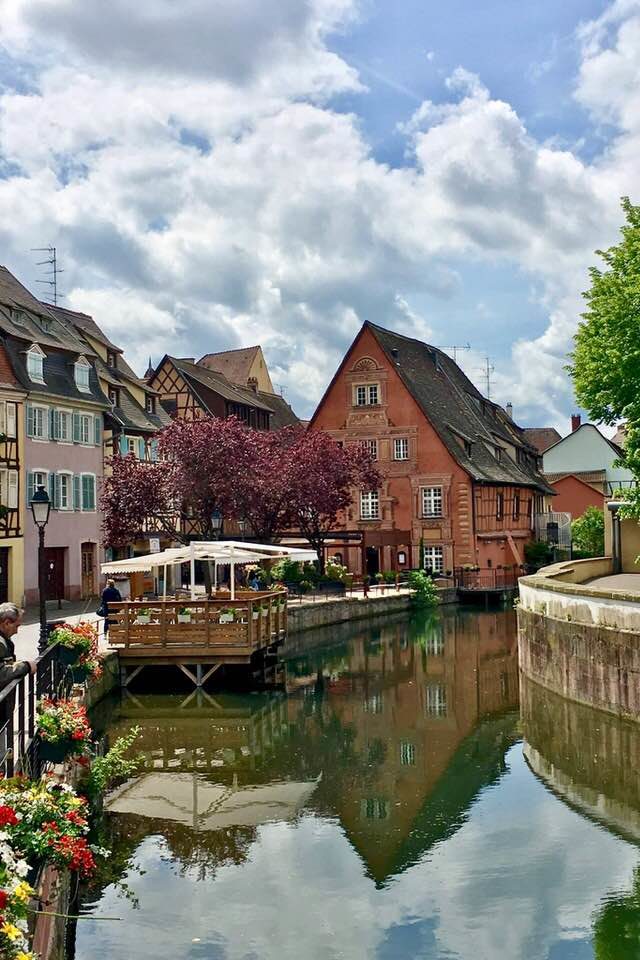The slow trend took a few decades to influence travel and tourism definitively, but it has finally caught on. What is it about? Slow travel and slow tourism propose a different way of traveling: investing more time in a place to experience the destination we visit calmly and with pleasure.
It also proposes getting involved in a more organic process of discovery, living the trip with flexibility and closeness to the place we visit.
Let’s see how this style of travel offers a richer experience, some of its advantages, and also its origin.
A Look at the History of the Slow Movement

The Slow Movement began with Slow Food, in March 1986. Italians were protesting the upcoming opening of a McDonald’s on the Spanish Steps in Rome.
One man, Carlo Petrini, decided, as a symbolic measure, to hand out plates of pasta to the protesters. This act gave way, a year later, to the foundation of the Slow Food organization with the publication of the Manifesto of the same name (here is a brief account of the history of Slow Food).
The Slow Food Manifesto is a reaction to the lifestyle they call “Fast Life”, which leads people to live at full speed, in which there is no time to enjoy the pleasures of life and food.
The Manifesto, then, proposes a different way of enjoying food, as an activity associated with pleasure, and taste, and that requires time to prepare and consume. This is why they chose the snail as the symbol of the movement.
From the 1980s to date, this movement has only grown, and its questioning of the hectic lifestyle that is still the rule in cities has created movements that propose a slower approach to almost everything: life in general, the city, upbringing, as well as travel and tourism.
All this, is to create connections, enjoy calmly, and recover the value of those experiences.
Slow travel and slow tourism: leave the rush behind

There are different proposals of what really is slow travel and slow tourism. From avoiding as much as possible the use of certain types of transport to the type of consumption that is proposed to be made in tourist destinations.
While they are valuable ways to travel and offer interesting experiences, they are not always feasible or possible. In essence, slow travel and slow tourism propose traveling as if you lived in the place you are visiting, that is, with full control of your time and plenty of time to do what you want.
Time, as you can see is very important for slow travel and slow tourism experiences.
A longer trip and an extended stay in the place visited eliminate the rush and the urgency. Without a doubt, the travel experience is another reason to enjoy this style of traveling. One can go out to explore the surroundings, talk to the locals, and discover shops and corners that are not listed in any travel guide.
The most interesting proposal of slow travel and slow tourism is to become a bit of a local for the time that a trip lasts.
The experiences are often deep and interesting because there is time to enjoy them, remember them, and give them a place among all the experiences that are enjoyed during a trip. An experienced travel advisor can help you discover and explore amazing destinations to your heart’s content.
Ways in which slow travel and slow tourism transform your travel experience

Here are just a few of the many ways this style of travel makes a journey distinctive and worthwhile.
- They reduce stress.
- They offer authentic experiences and are closer to the place that is visited.
- Lower the environmental impact of the trip.
- Increase the satisfaction of the trip.
- It changes the perspective of what a travel destination is: everywhere is worth traveling.
- You can walk at ease.
- Helps reconnect with the world and people.
- The experiences are varied and there are happy discoveries.
- The trip becomes much more flexible.
- Closeness and connections are created with the visited community.
- They positively impact the local economy.
Slow travel and slow tourism have been around forever. It is a way of traveling that, ultimately, proposes to take advantage of the time spent visiting a place by living it like a local, even for just a few days.
It is about entering another rhythm that is very similar to the rhythm of daily life at home, but in a different place, full of experiences, small and large, that are possible precisely because there is time to discover and live them and return with them home.
If you haven’t tried slow travel and slow tourism, give them a try, and confirm if this style of travel is for you. Also, even if it is slow travel, there’s plenty of opportunity for adventure.

